Predictive Analytics in Marketing
Imagine you know what your customers want before they do. This is exactly what predictive analytics in marketing helps marketers do. It transforms raw data into valuable insights, guiding brands to make smarter, faster, and more profitable decisions.
What Is Predictive Analytics?.
Predictive analytics is the process of using historical data, machine learning, and statistical algorithms to forecast future outcomes. In marketing, it helps brands predict customer actions. For example, it shows when customers want to buy, when they may stop using a service, and how often they engage.
How Predictive Analytics Works
Predictive analytics works by analysing past behaviours and identifying patterns that signal future actions. It combines big data, machine learning algorithms, and statistical models to generate predictions. For example, when customers often buy one product after they see another, the system learns this pattern and predicts it for new customers.
Importance of Predictive Analytics in Modern Marketing
In the digital era, marketers face a vast amount of data. Predictive analytics turns this overwhelming data into actionable strategies. It helps you focus your marketing budget where it matters most — targeting the right audience at the right time with the right message.
Key Components of Predictive Analytics
Data Collection
Every prediction starts with data. Marketers gather data from multiple sources — social media, websites, CRM systems, and more.
Data Processing
Raw data is cleaned, structured, and prepared for analysis to ensure accuracy and reliability.
Machine Learning Models
These models learn from data to identify trends, correlations, and behaviours that inform marketing strategies.
Predictive Algorithms
Algorithms like regression, clustering, and decision trees use learnt patterns to make predictions. Moreover, they help turn data into clear and useful results.
Types of Predictive Analytics in Marketing
Predictive Modeling
Uses statistical techniques to forecast customer actions and optimise campaigns.
Propensity Modeling
Estimates the likelihood of a user acting, like purchasing or subscribing.
Customer Lifetime Value (CLV) Prediction
Calculates the total value a customer is expected to bring over their entire relationship with your brand.
Churn Prediction
It identifies which customers are likely to stop engaging with your brand. Therefore, you take action early to keep them interested.
Benefits of Predictive Analytics in Marketing
Better Customer Targeting
It helps you focus your resources on audiences most likely to convert.
Improved Campaign ROI
By removing guesswork, predictive analytics enhances ad spend efficiency.
Personalized Marketing
It enables hyper-personalised campaigns based on user behaviour and interests.
Enhanced Customer Retention
Predictive models detect early signs of churn, allowing brands to retain customers proactively.
Predictive Analytics Tools for Marketers
Google Analytics Predictive Insights
Predicts which users are most likely to purchase or engage.
Salesforce Einstein
Integrates AI-driven insights into CRM systems for smarter sales and marketing.
IBM Watson Analytics
Offers advanced machine learning and visualisation tools for marketers.
How to Implement Predictive Analytics in Your Marketing Strategy
Identify Your Goal
Decide what you want to predict — leads, churn, engagement, or conversions.
Gather and Clean Data
Collect relevant data and ensure it’s accurate and up-to-date.
Choose the Right Tools
Pick tools that fit your team’s skill level and your business needs.
Build and Test Models
First, collect historical data. Then, train the models. Next, check their accuracy. After that, use the models for your tasks.
Apply Insights and Monitor Performance
Use your predictions to shape marketing decisions and track results.
Applications of Predictive Analytics in Marketing
Email Marketing
Send personalised emails based on predicted customer behaviour.
Social Media Advertising
Optimise ad targeting by forecasting audience engagement.
Customer Segmentation
Group users with similar behaviours for more effective campaigns.
Content Marketing Optimization
Identify which content types drive conversions and engagement.
Real-World Examples of Predictive Analytics in Action
Amazon’s Product Recommendations
Amazon’s algorithms suggest products you’re most likely to buy based on browsing and purchase history.
Netflix’s Content Suggestions
Netflix uses predictive analytics to recommend shows that match your viewing patterns.
Spotify’s Music Personalization
Spotify predicts your music taste and creates daily mixes and discovery playlists.
Challenges of Using Predictive Analytics
Data Privacy Issues
Handling customer data responsibly is essential to maintain trust.
Model Accuracy
Inaccurate data or models can lead to poor predictions and wasted budgets.
Cost and Complexity
Building predictive systems can be expensive and require technical expertise.
The Future of Predictive Analytics in Marketing
The future points toward even smarter AI integration, real-time predictions, and automated decision-making. As technology evolves, predictive analytics will become essential for all marketers, not just tech giants.
Tips for Success with Predictive Marketing
- Start with clear goals.
- Always clean and validate your data.
- Regularly update your models.
- Combine predictive insights with human creativity.
- Keep transparency with your customers about data use.
Conclusion
Predictive analytics is reshaping marketing by turning raw data into foresight. It empowers brands to anticipate customer needs, deliver personalised experiences, and drive higher ROI. The brands that embrace predictive analytics today will lead tomorrow’s market.
Frequently Asked Questions
First, retail uses large customer data sets. Also, finance works with big data. In addition, healthcare collects a lot of data. Finally, e-commerce applies data to improve services.
Yes, many affordable tools make predictive analytics accessible even for startups.
Customer demographics, behavioural data, transaction history, and engagement metrics are key.
First, traditional analytics studies past events. On the other hand, predictive analytics predicts future outcomes. Also, traditional methods explain what already happens. Meanwhile, predictive methods help plan.
Absolutely. By identifying potential churn early, you can create targeted retention campaigns.

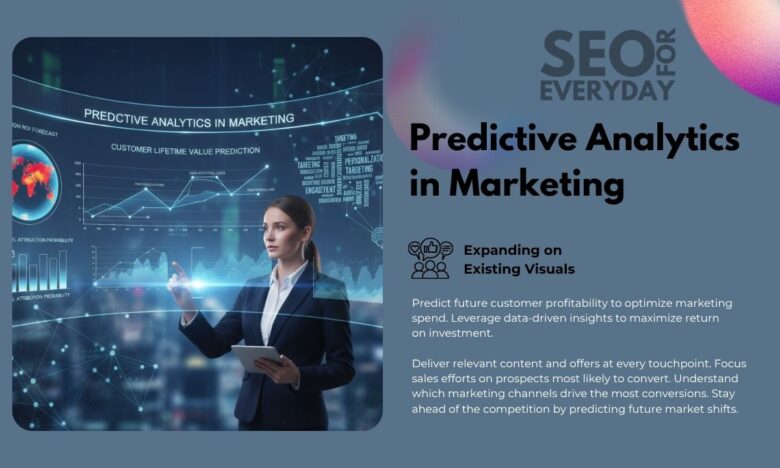
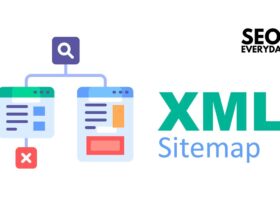
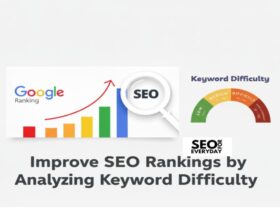

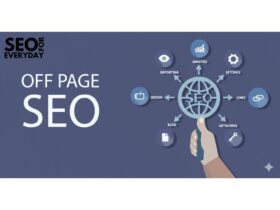
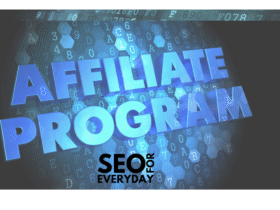
Leave a Reply